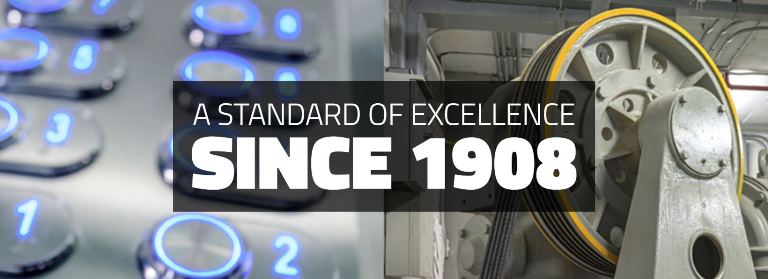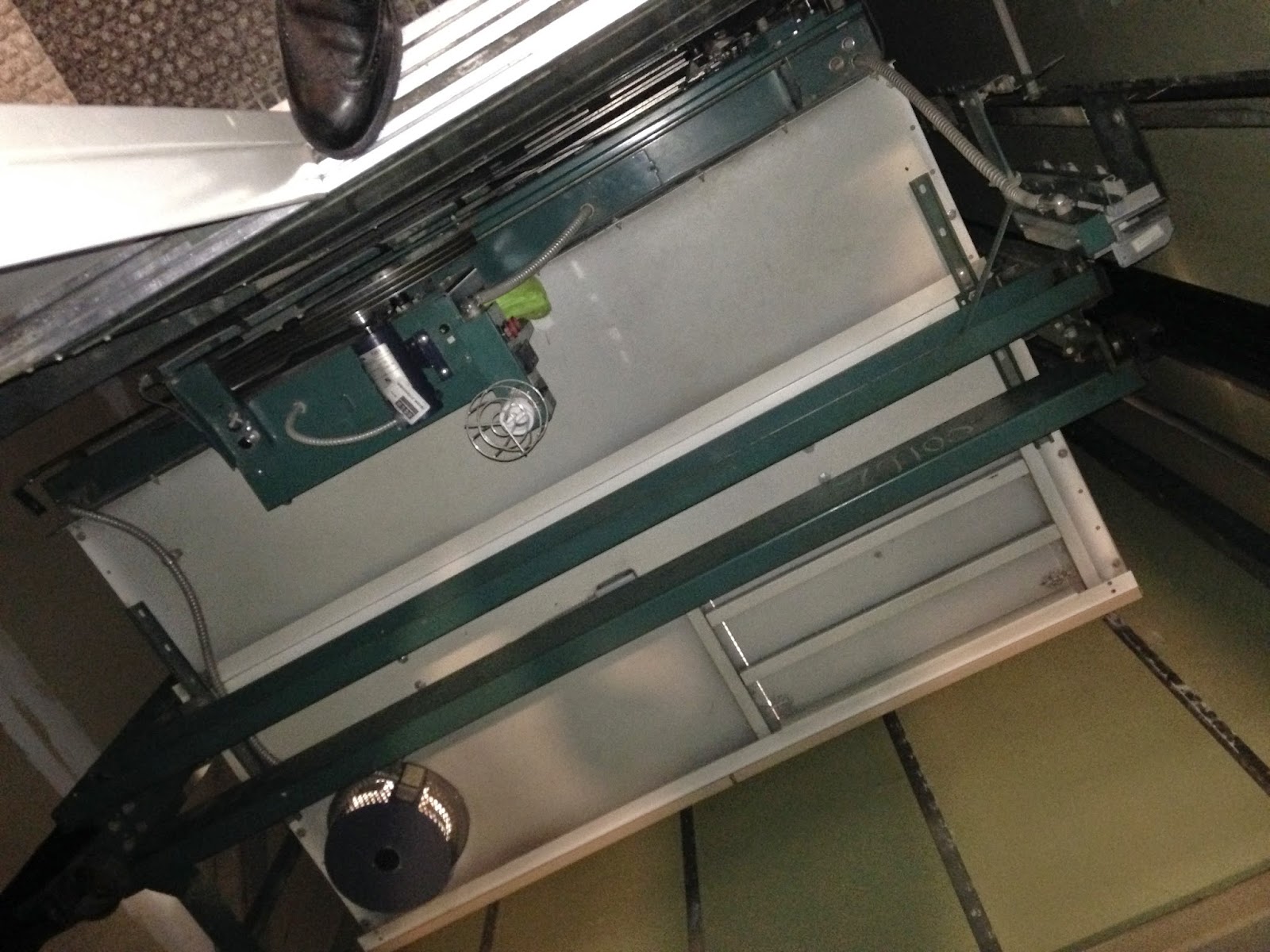In the State of Illinois there are 6 items that are mandated to be installed or have a certain criteria by 1/1/15.
1. Car illumination – car lighting & emergency lighting
2. Emergency operation & signaling – emergency lights & alarm bell
3. Phase reversal and failure protection – only traction elevators – recommended on hydraulic elevators
4. Reopening devices
5. Pit stop switch
6. Pit ladders in accordance with ASME A17.1-2007
The first 5 items are required but very manageable and affordable. In most circumstances the 6th item, pit ladder, may be there but will need to be modified or replaced as it doesn’t meet the ASME A17.1-2007 criteria which includes.
- Pit ladder must extend 48” above lowest level hall sill[bottom of entrance]
- Ladder rungs, cleats or steps shall be 16” wide however can be 9” if there are obstructions in the pit that prevent a 16” ladder to be installed
- Ladder rung or steps shall be spaced 12” on center and shall have a rung at the height of the door sill
- Ladder run or steps shall have knurling, dimpling or be coated with skid resistant material
- A clear distance of not less than 4 ½”[from center line] front to back from nearest object
- Side rails shall have a distance of not less than 4 ½” from their nearest permanent object.
- Ladder shall be rated for 300lbs
- Retractable ladders need to have an electric contact that opens safety circuit when ladder is in usable position
- Elevator car door unlocking device shall be accessible from top rung of ladder 72” vertically and 39” horizontally
- Ladder to be made out of noncombustible material – no wood ladders
[A17.1 2007 code information]
[graphic lays out some of the distance requirements]
We maintain approximately 1,000 elevators and of most of the ladders in buildings we maintain do not comply 100% with the new requirements. The process of making all elevator pit ladders code compliant will be very difficult as the elevator pit is a confined space and there may be piping or other objects in the way.
Pit ladder example #1
Information on pit ladder #1 - This particular ladder has a light in the middle of the rungs which needs to be moved, there is not enough space for the rungs to be 4 1/2" from the center line of the rung to the wall[only 1 1/2"] and this ladder only extends 42"[needs to be 48"] above the sill. This ladder has been installed for over 25 years and complied for 25+ years. Now it will need to be replaced with a retractable ladder and have the light moved out of the as there is not enough room between the elevator and the hoist way wall to have a rigid or stationary pit ladder.
Pit ladder example #2
Information on pit ladder #2 - As you can see there are many items in the way of making this code compliant. There is an oil line, light bulb, wiring trough and limited space between the car and the wall. This building will have a very challenging time making a pit ladder comply with the new requirements.
Retractable ladders
When there is not enough clearance from the wall to the car there is an option for a retractable ladder. This is a more expensive option that can enable your elevator pit ladder to comply with the new code requirements.
[http://www.smartelevatortech.com/RetractaLadder.htm]
If you haven't heard from the elevator company who services your elevator yet, get in touch with them to make sure they are working on a plan of action and pricing for you. Pit ladder modifications do not need permits, new pit ladders will need permits and final inspections.
If you have an questions or would like information from Colley Elevator you can go to www.colleyelevator.com, email Craigz@colleyelevator.com or call 630-766-7230.
























